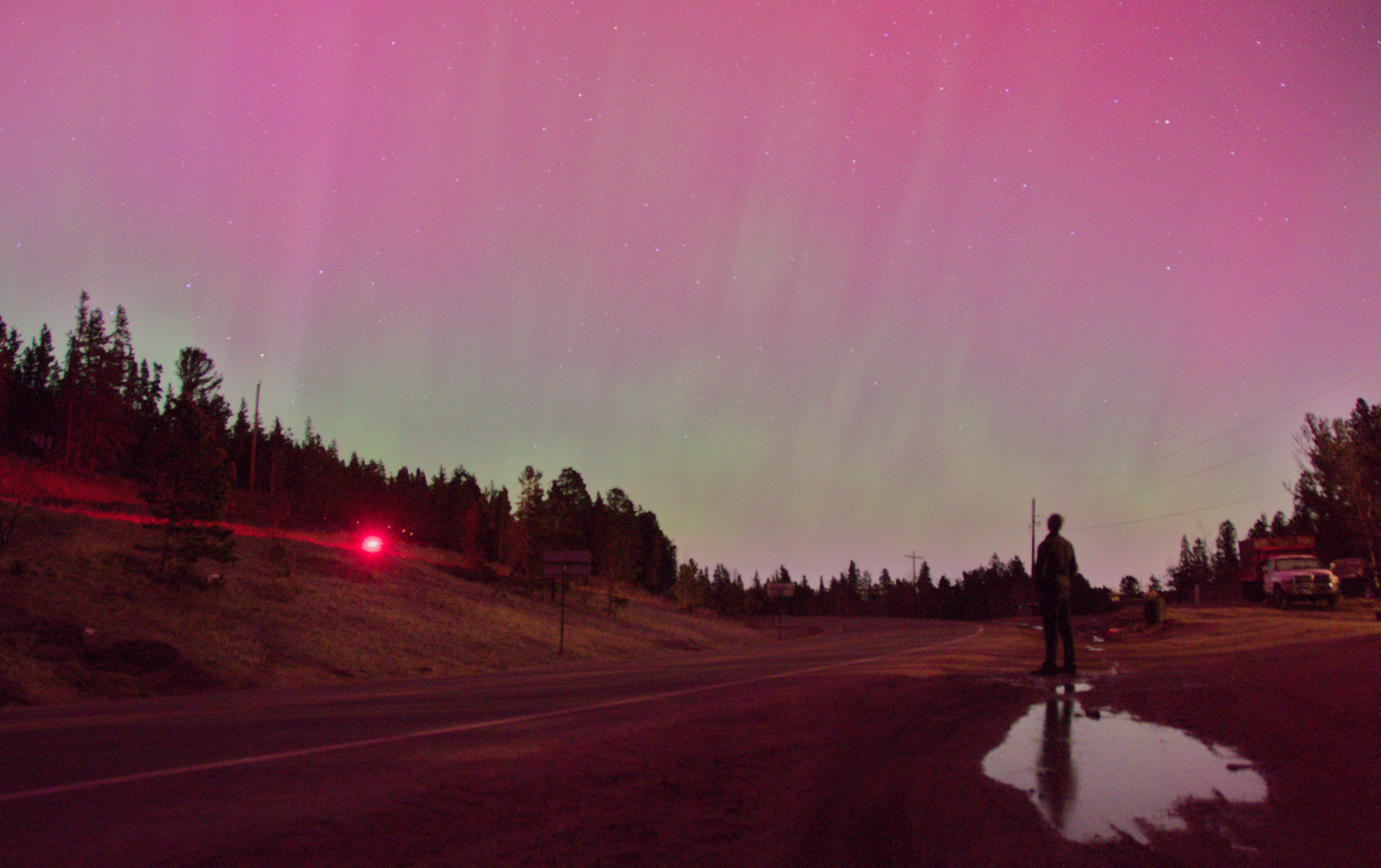this post was submitted on 11 May 2024
112 points (95.2% liked)
pics
19665 readers
1073 users here now
Rules:
1.. Please mark original photos with [OC] in the title if you're the photographer
2..Pictures containing a politician from any country or planet are prohibited, this is a community voted on rule.
3.. Image must be a photograph, no AI or digital art.
4.. No NSFW/Cosplay/Spam/Trolling images.
5.. Be civil. No racism or bigotry.
Photo of the Week Rule(s):
1.. On Fridays, the most upvoted original, marked [OC], photo posted between Friday and Thursday will be the next week's banner and featured photo.
2.. The weekly photos will be saved for an end of the year run off.
Instance-wide rules always apply. https://mastodon.world/about
founded 1 year ago
MODERATORS
you are viewing a single comment's thread
view the rest of the comments
view the rest of the comments


How long was the exposure ? Feel like you used a long exposure or a high gain, and that it wasn't that nice in real life
I had to use both since I don't own a nice camera or lenses. I think exposure time was around 6 seconds. If you darken it by 2EV, it should be close to how it looked to the naked eye
You'd have to use a long exposure, right?
If it were film, I'd say a fully open aperture, long exposure, and a high ISO film? I'm not sure on the ISO part, just guessing a finer-grain film will look better with wide aperture and long exposure, and also more sensitive to light (as you can tell, I'm no photographer).
It does look a little bright, intense and saturated compared to what night looks like to the human eye. We lose the yellow spectrum, so browns in the ground are "right out".
I guess the thing to do in processing is temper the yellows and saturation?
Yes, fully open aperture, long exposure (6"), and high ISO. I tried to recover the yellows that were (much) more apparent to the naked eye, and this made it look more saturated